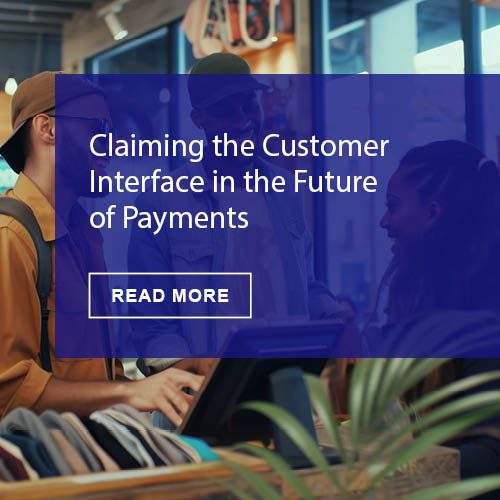The Consumer Financial Protection Bureau evaluated eight national retailers and found that three of them—Dollar General, Dollar Tree, and Kroger—charged their customers fees when requesting cash back at the point of sale.
The CFPB is concerned that these fees disproportionally affect lower-income or rural consumers who may not have limited access to a bank branches or ATMs. The cash-back fees range from $0.50 to $3, but the CFPB views them as another way to “nickel and dime” consumers who are already under enormous economic pressure.
Spokespersons from Dollar Tree and Dollar General responded to CNBC and said their cash-back services were a valuable offering for their customer base, and that they were forced to charge cash-back fees to offset the fees banks charge on those transactions.
A Daily Fixture
Before PIN-based debit cards, grocery stores and discount retailers conducted a significant portion of their business in cash. This meant that armored cars were a daily fixture at these stores, transporting cash deposits to the merchant’s bank. For retailers, this was expensive, as they had to pay both armored car service fees and the banks’ cash deposit fees.
“Offering consumers cash back on debit purchases was a convenience for consumers, but, more importantly, it reduced the amount of cash merchants had to send to the bank every day,” said Don Apgar, Director of Merchant Payments at Javelin Strategy & Research. “Even though merchants were paying higher fees for cash-back transactions, they were saving more on armored car and bank fees.”
Aligning With Demand
As digital wallets and electronic payment methods have proliferated, stores now keep much less cash on hand. However, merchants still need to maintain enough cash to provide change for customers and offer cash back.
“The armored car fees and bank fees become minimal if a store reaches a point where their daily cash inflow and outflow is balanced,” Apgar said. “Of course, no retailer wants to disburse more cash than they take in, thereby incurring armored car fees to have cash brought into the store. In general, merchants levy a cash-back fee to keep demand aligned with supply, and to keep the merchant’s cash handling costs at a minimum.”
Environmental Factors
A retailer’s decision to charge a cash-back fee can be influenced by environmental factors. For instance, if a local bank closes in a small town, it can create a cash demand on local stores that exceeds their cash inflow.
Debit card processing fees can also come into play. Merchants in larger metro areas will see a higher percentage of debit cards that are issued by Durbin-regulated banks, which have over $10 billion in assets. Customers in rural areas are more likely to carry cards from banks that aren’t subject to Durbin pricing and are more expensive to accept, particularly in cash-back transactions.
“Retailers want to provide cash-back availability to their customers, but they also want to optimize both the costs of card processing and the costs of cash,” Apgar said. “These decisions are generally made on an individual store or region level, not at the chain or brand level.”
An Emergency Feature
Some retailers might not charge a fee, but they could limit the amount their customers can receive to $40 or $50 to minimize the cost of cash-back transactions. Regardless, in most cases, merchants aren’t simply tacking on an additional fee.
“With Dollar General specifically, the CFPB notes that lower-income consumers pay what it believes to be a disproportionately high $1 cash-back fee,” Apgar said. “It might seem like the store is stiffing rural, low-income consumers in small towns where the local banks have closed, but it’s more about protecting the store and their employees.”
“Dollar General has made headlines for its often-messy stores, because they usually only have one employee on a shift who has to both stock shelves and ring up customers,” he said. “The last thing the store wants is a register full of cash to meet demand for cash-back transactions. At the same time, they still want to offer the service, so they have priced the transaction so consumers will think of cash back as an emergency feature, not a go-to feature.”











